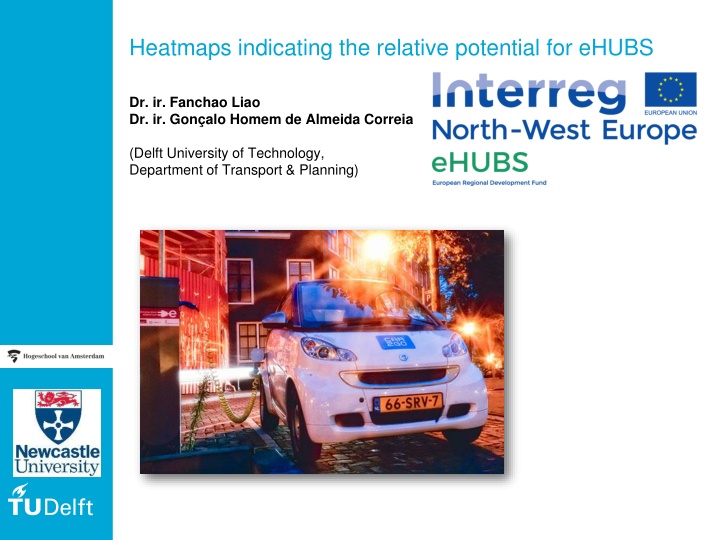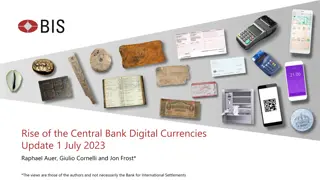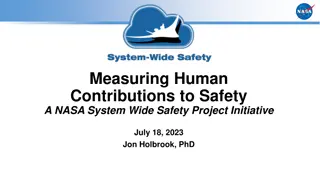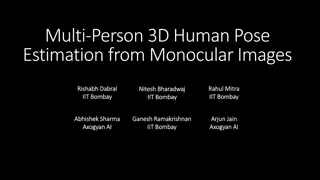
Revealing Relative Potential with eHUBS Heatmaps
Explore the relative potential for eHUBS in Amsterdam with informative heatmaps characterizing demand for shared e-mobility. Learn about the methods used to derive these indicators through data on socio-demographics, transport connectivity, and more.
Download Presentation

Please find below an Image/Link to download the presentation.
The content on the website is provided AS IS for your information and personal use only. It may not be sold, licensed, or shared on other websites without obtaining consent from the author. If you encounter any issues during the download, it is possible that the publisher has removed the file from their server.
You are allowed to download the files provided on this website for personal or commercial use, subject to the condition that they are used lawfully. All files are the property of their respective owners.
The content on the website is provided AS IS for your information and personal use only. It may not be sold, licensed, or shared on other websites without obtaining consent from the author.
E N D
Presentation Transcript
Heatmaps indicating the relative potential for eHUBS Dr. ir. Fanchao Liao Dr. ir. Gon alo Homem de Almeida Correia (Delft University of Technology, Department of Transport & Planning)
Heatmaps indicating potential for eHUBS e-Hubs WP2 Amsterdam 2 We characterize the relative potential for eHUBS in each zone via the so-called heatmaps . The map shows the relative level of potential demand for shared e-mobility per zone. There are three maps for each city, each respectively shows the potential for shared electric vehicle, shared e-bike and eHUBS in general (both shared EV and e-bike). The maps use color coding: the darker the color, the greater the potential demand in that specific zone.
Methods for deriving the indicators e-Hubs WP2 Amsterdam Information input: Data on socio-demographics, transport connectivity, land use and Point of Interest (POI) 3 Statistical model: taken from published studies based on real transaction records of existing shared e-bike and EV systems Spatial Multi-Criteria Evaluation (SMCE) Outputs: Indicator of potential for eHUBS and heatmap
e-Hubs WP2 Amsterdam 4 In the heatmap, the indicator denotes the percentage rank of a zone in terms of shared e-mobility potential. For example, indicates that shared mobility potential of the zones with this color are in the 83.3353-100 percentile (in other words, the potential of these zones is higher than 83.3353-100 percent of the zones).






















